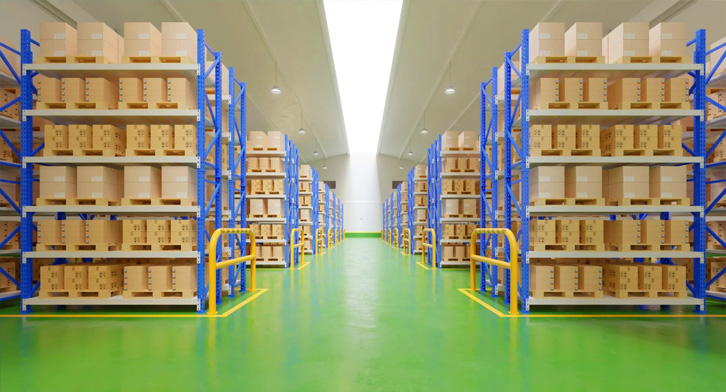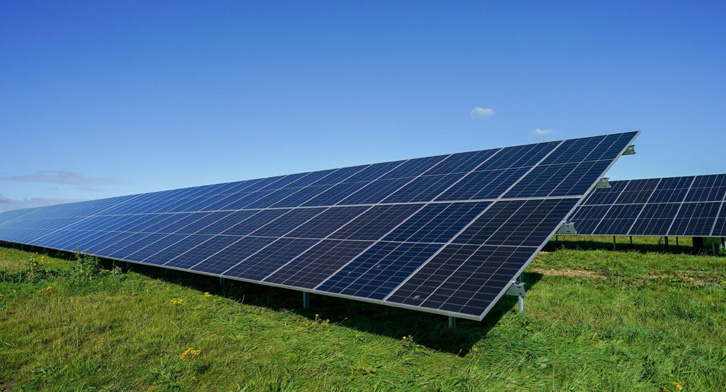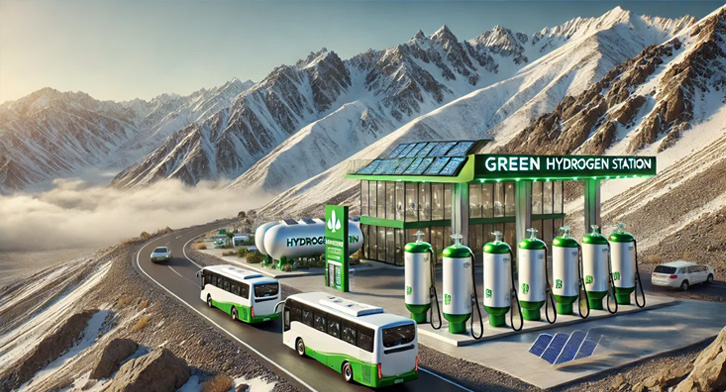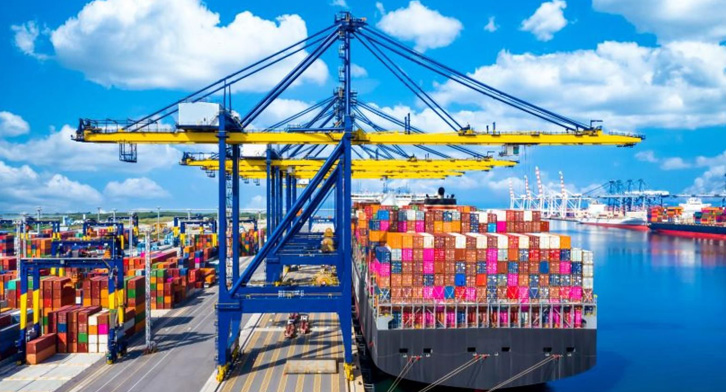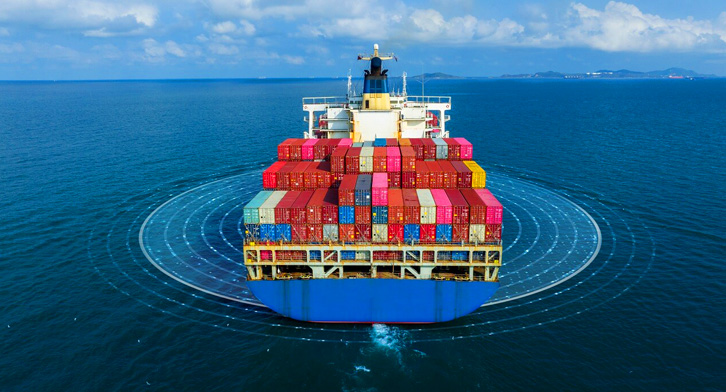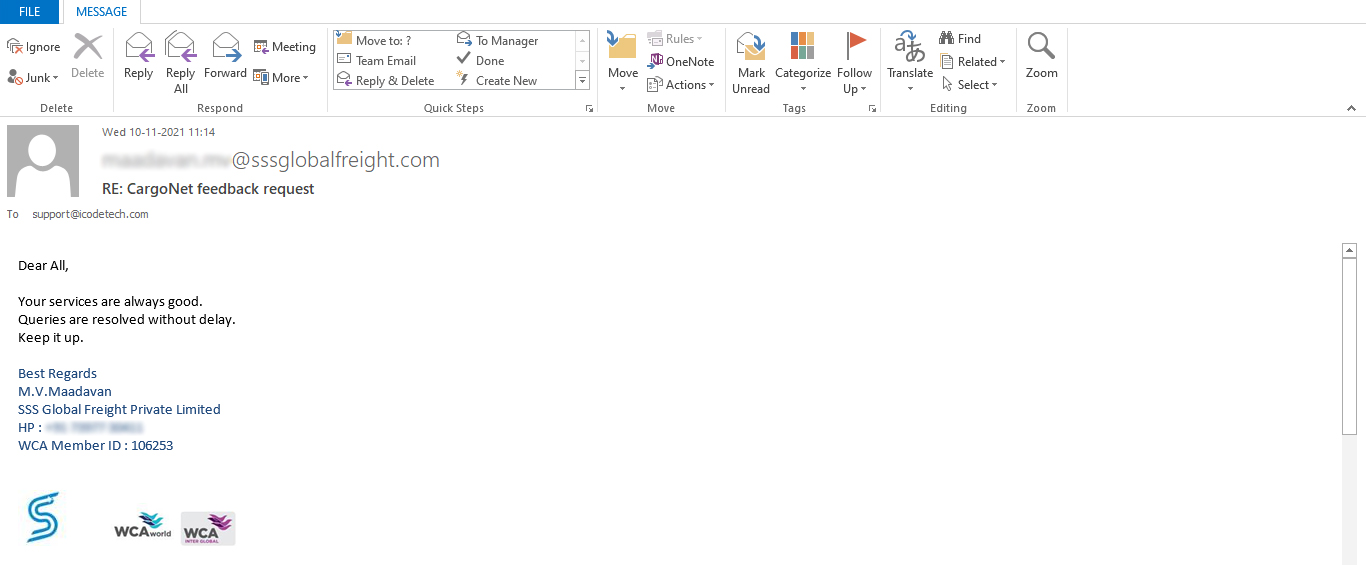India’s warehousing sector is undergoing a green revolution, with sustainable infrastructure emerging as a core pillar of growth. According to a recent JLL India study, certified green warehouse stock is projected to quadruple to 270 million sq. ft. by 2030, up from 65 million sq. ft. in 2024—a staggering shift driven by institutional investors and the push for ESG-compliant supply chains.
Key Highlights:
- Green-certified warehousing stock to jump from 65M sq. ft (2024) to 270M sq. ft by 2030.
- Grade A warehousing expanded 2.5x in five years: from 88M sq. ft in 2019 to 238M sq. ft in 2024.
- Institutional warehousing surged from 28M to 90M sq. ft, showing strong investor confidence.
- About 72% of institutional Grade A stock is already green-certified or in progress.
- Over 45% of institutional investor portfolios are certified green; 20% more are pre-certified or under certification.
- Corporate occupiers are aligning warehouse sourcing with net-zero targets:
- Energy savings of 30–40%
- Water conservation
- Waste recycling
- Use of eco-friendly materials
- By 2030, India’s warehousing market could hit 885M sq. ft, with institutional supply making up 260M sq. ft—80% of which will be green-compliant.
- Retrofitting and diverse funding models are essential to scale the green transition.
Why It Matters:
The shift reflects not just demand for modern logistics infrastructure, but a deeper integration of sustainability in supply chain strategy, influenced by global ESG mandates, e-commerce growth, and regulatory pressure.
Bottom Line:
India is rapidly cementing its position as a global leader in sustainable warehousing, and this green momentum is set to redefine the future of logistics real estate.


